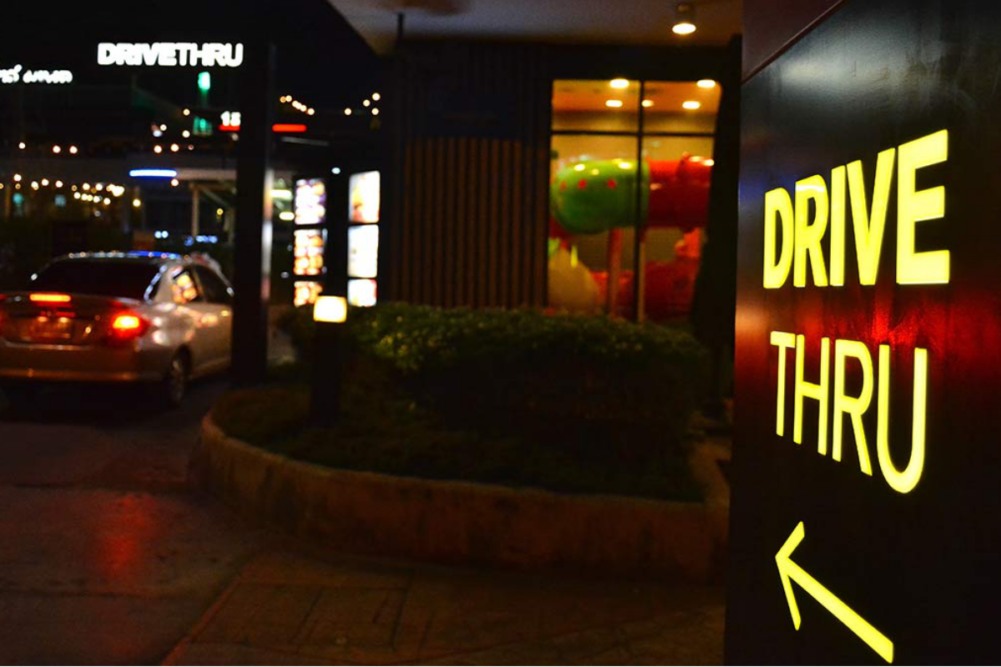 KANSAS CITY — Foodservice operators, particularly quick-service restaurants (QSR), offering snack-size menu options is not new. Small plates have been a menu feature for some time, but recent data from market researchers indicate consumer interest in non-meal snacks or treats at restaurants is growing and the impetus for the heightened interest may endure.
KANSAS CITY — Foodservice operators, particularly quick-service restaurants (QSR), offering snack-size menu options is not new. Small plates have been a menu feature for some time, but recent data from market researchers indicate consumer interest in non-meal snacks or treats at restaurants is growing and the impetus for the heightened interest may endure.
Pre-pandemic there was a rhythm to the average working American’s day. Awaken, commute, work and return home. In between, most often when commuting, consumers would run errands and shop for necessities. Stay-at-home orders and remote work were major disruptors of this routine.
The full effects of that disruption are now becoming clear. The foodservice market research company Technomic reports sales of the industry’s top 500 restaurant chains fell by $27 billion in 2020, more than 8% when compared to 2019. The brunt of the economic decline was not felt evenly throughout the industry.
Visits to restaurants during the 'p.m. snack period' increased by 5% in January and 3% in February compared to a year ago.
“As many small chains and independent restaurants struggled to simply stay in business over the last year, market share for the industry’s largest chains expanded significantly,” said Kevin Schimpf, senior research manager with Technomic.
Those chains capable of pivoting to operations that minimized contact, like delivery and drive thru, fared much better. McDonald’s, Chick-fil-A and Domino’s, for example, all achieved positive sales results in 2020, according to Technomic.
The NPD Group, a Chicago-based market researcher, said despite total US restaurant traffic being down across dayparts for most of last year and through February 2021, late afternoon and after-dinner snack visits increased. Consumer visits to restaurants during the “p.m. snack period,” timeframes running from 3 p.m. to 5 p.m. and 9 p.m. to 5 a.m., increased by 5% in January and 3% in February compared to the same months a year ago. The NPD Group attributed the smaller gain in February to the continuing pandemic and bad weather throughout the United States.
The p.m. snack daypart also gained a 3% increase in share of occasions in the last calendar quarter of 2020 while every other daypart posted declines. The top reasons consumers give for visiting during the p.m. snack period are the quality of food and desire for a treat.
“The kids like it there,” “regularly go there” and “had a special taste or craving” were all offered as reasons for a p.m. snack visit, according to The NPD Group. The restaurants of choice tend to be QSRs.
“Because of the pandemic and the disruption of our normal commuting patterns and daily routines, we have more flexibility in deciding when and what to eat, and p.m. snack is the beneficiary of this fluidity,” said David Portalatin, NPD food industry adviser and author of Eating Patterns in America. “This growing daypart is a clear opportunity for restaurant operators.”
That consumer demand for snacks is growing and migrating into away-from-home eating is not a surprise. Snacking has been among the most attractive segments of the food business for years. But how this opportunity plays out will depend on several factors beyond consumer interest, including the course of the country’s recovery from the COVID-19 pandemic and how many people resume working in offices and commuting versus working remotely. It will take time to determine the degree to which new behaviors will remain in place or pre-pandemic routines return.





